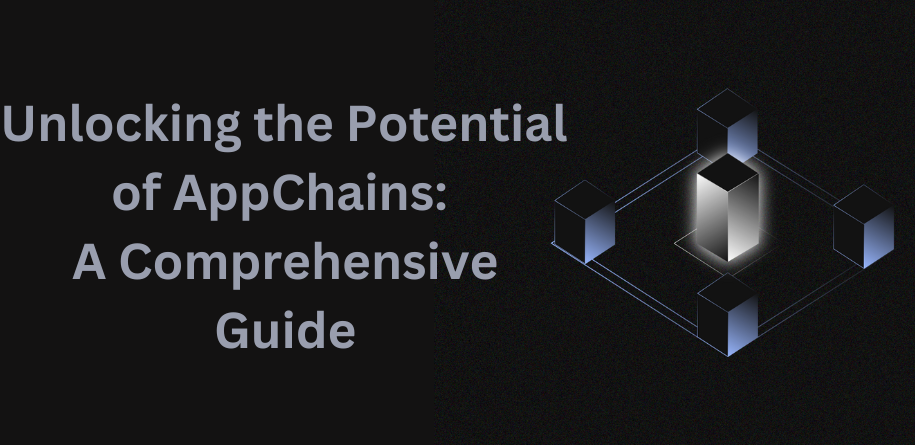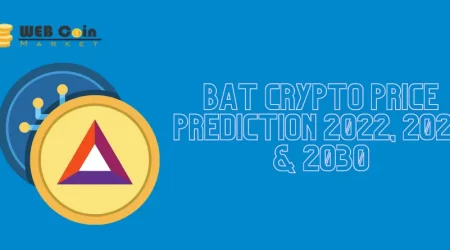Unlocking the Potential of AppChains
Presently, developers often build decentralized applications on established blockchains like Ethereum due to convenience and practicality. However, an alternative approach called app-chains has been proposed. Appchains enable developers to construct decentralized applications directly on the blockchain itself, rather than utilizing a virtual machine for application deployment. These app-chains offer a reliable, scalable, and cost-effective platform for developers.
Appchains provide developers with enhanced security features, improved scalability, and reduced gas fees. They are built on blockchain networks, ensuring applications are secure, immutable, and resistant to censorship. Furthermore, app-chains enable the creation of interoperable applications that can seamlessly interact with other blockchains and applications.
Table of Contents
Overview of App Chains
AppChains are blockchain networks designed for specific applications or use cases. They incorporate various layers of permissions, fee tokens, and security measures. An example of an appchain is Bitcoin Gold, which is tailored for digital gold transactions. Another notable framework is Cosmos SDK, an open-source platform that enables blockchain networks to operate independently. Appchains primarily cater to enterprise requirements, offering specialized features.
Working & Performance of AppChains
Appchains have significantly improved their user experience by reducing transaction costs and minimizing latency. This improvement has intensified competition among dapps, with one popular dapp potentially leading to increased transaction costs. However, sidechains and L2 chains facilitate various asset exchanges and transactions. Appchains rely on validators from the main blockchain and employ their own staking tokens to support the deployment of dapps. This approach avoids direct competition with the main blockchain. For instance, Polygon serves as a sidechain, while Polygon edge operates as an app chain catering to private networks.
Benefits
In recent years, developers have increasingly embraced appchains as a superior alternative to deploying smart contracts on shared blockspace. This shift can be attributed to several key advantages:
- Enhanced Performance: AppChains improve performance by keeping transaction costs and latency low and predictable, resulting in a superior user experience. In contrast, shared blockspace can lead to higher costs and slower transaction times for other dApps when one popular dApp consumes a disproportionate amount of resources.
- Customizability: AppChains allow developers to tailor their applications to meet specific user needs. They can modify the underlying blockchain protocol, customize the consensus algorithm, permissioning, and other features. This includes customizing the wallet, smart contracts, testing environment, and creating custom tokens, among other possibilities.
- Overcoming Development Restrictions: Building applications on virtual-machine blockchains often comes with restrictive development environments. Ethereum, for example, limits developers to a few programming languages and imposes rules set by the virtual-machine. These limitations can present significant challenges for developers.
- Design Flexibility: When developing larger applications, developers need to consider crucial design elements such as throughput, finality, security level, permissioning, composability, and compatibility with the existing ecosystem. AppChains allow traditional organizations to explore Web3 solutions without needing to be fully permissionless from the start. They can mandate KYC-confirmed validators, vet coders, and choose which blockchains to link their assets with.
- Autonomy: Constructing an application-specific blockchain provides complete autonomy over its governance. Developers can deploy it as a public (Proof-Of-Stake) or private (Proof-Of-Authority) chain, making decisions tailored to the application’s needs without worrying about consensus from other applications. Governance is isolated, enabling independent issue resolution without affecting other applications in the system.
- Monetization Opportunities: AppChains offer developers a unique chance to monetize their applications. By forking existing protocols, developers can create their ecosystems and generate revenue through trading fees, staking tokens, and other token sinks. They can also leverage MEV by running sequencers or validators, enabling new cryptonative business models. Additionally, modders can monetize their creations on AppChains by extending existing IP and utilizing blockspace.
- Scalability and Security: AppChains improve scalability by allowing projects to increase the capacity of their own chain without competing for blockspace on a shared network. This scalability comes with the added benefit of improved security, as projects operate on their dedicated chain, avoiding security risks on the shared blockspace.
The app chains are designed with specific use cases in mind, making them the future of blockchain technology. If you’re a blockchain developer aiming to build web3 applications that are highly efficient, AppChains can be a reliable option. Nonetheless, it is crucial for developers to thoroughly evaluate their application’s requirements and the associated compromises before committing resources to launch an AppChain.
It will be fascinating to witness the evolution of the financial model, revenue strategies, system resilience, value distribution throughout the ecosystem, and the resulting effects on the cryptocurrency market framework in the coming years. If you’re actively engaged in developing infrastructure or applications centered around AppChains, we would love to connect with you!











Leave a Reply